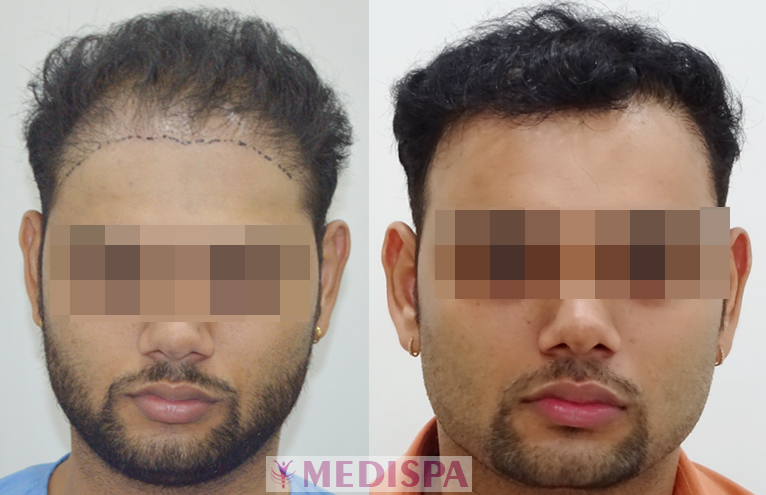Hair Transplant in Young Patient: Some common mistakes commonly seen
Aug 22, 2019 02:02
Generally, hair transplant surgery is not recommended for younger patients who are underage. The hair transplant surgery is an aesthetic cosmetic surgery that requires certain conditions on the part of the patient to perform the surgical procedure. However, the patient must possess all those specific set of attributes that are required for performing hair transplant surgery.
The surgical restoration is allowed when a patient is above 25 years as it is the mature stage to receive hair transplant surgery. Nowadays, hair transplant surgery is performed everywhere in the world and every country has its own set of specific facilities and advantages to receiving the surgical restoration of hair.

The hair transplant in Mumbai might be a favorable option for those seeking the advanced facilities and cost rather than surgeon’s involvement in the practice and technicians’ expertise as the city is famous for the upgraded services, but at a higher cost that limited the patient’s reach of the services. The hair transplant cost in Mumbai is higher compared to the cost applicable in Jaipur, Delhi or other states of India because Mumbai is one of the priciest metropolitan in India.
There is not such a rule that hair transplant cannot perform for the too young patient, but there is a risk of failure of the surgery is associated when surgery is performed for younger patients.
Unfortunately, Androgenic alopecia or the hereditary hair loss or baldness started giving the symptom with receding hairline and severe hair loss in the early twenties for their patients, which is very distressful and make patients unhappy and dissatisfied. And increasing popularity of hair transplant surgery makes a turn on the option for the patients suffering from pattern baldness. Thus, there are a huge number of clients/patients who are underage yet interested in receiving the hair transplant surgery. The surgery can perform for the younger patients, but there may be a chance for surgical failure due to the instability of donor area or the case of progressive baldness in younger patients.
When hair transplant surgery end ups with failure of the procedure in younger patients due to the following reasons:
1. The Donor area is not enough Mature: Performing the surgical restoration in younger patients is difficult and also a chance of failure of the procedure can be occurred due to the immature donor area. To perform the surgical restoration, it is important that donor area, i.e., the back and sides of the scalp are mature enough in order to offer the maximum number of stable or DHT-resistant hair roots for making the procedure a successful one. If a patient is too young, it is not quite sure that the donor area will be stable over time and doesn’t attain further loss. When the patient is affected by Androgenic alopecia, the case of progressive baldness is also very common and causes future hair loss predominantly. Thus, it is not the right decision to perform the surgical restoration in younger patients.
2. The chances of progressive Baldness: The case of progressive baldness doesn’t require hair transplant surgery too early as there would be a need for a stable donor area to perform the surgery. The hair loss due to hereditary factor is an ongoing state and developed over time with an increasing grade of baldness. Thus, it is advisable to receive the hair transplant surgery once the grade of baldness gets stable and it makes a clarity regarding the needed technique and the way of performing the surgical procedure at the right time.
Some Common Mistakes commonly seen when surgery is performed for Younger Patients:
• The chances of failure of the surgery are very common due to instability in the donor area over time due to progressive baldness or the causative factor of autoimmune disorder like Alopecia areata or spot baldness.
• The result of hair transplant surgery cannot be stable due to the extraction of hair roots from the unsafe donor zone as there wouldn’t be cleared for the safe donor zone at a younger age.
• The extraction of roots from the safe donor zone requires aesthetic distribution in order to save the hair roots for future baldness that cannot be planned so early and thus a surgeon gets unable to make a logical decision if the surgery is performed for the younger patients.
Conclusion:
On the whole, we can say that it is needed to receive a primary consultation with the expert hair transplant surgeon if someone is affected by the progressive or hereditary hair loss so that one can avail the benefits of the surgical restoration at the right the time with the right results.







































































